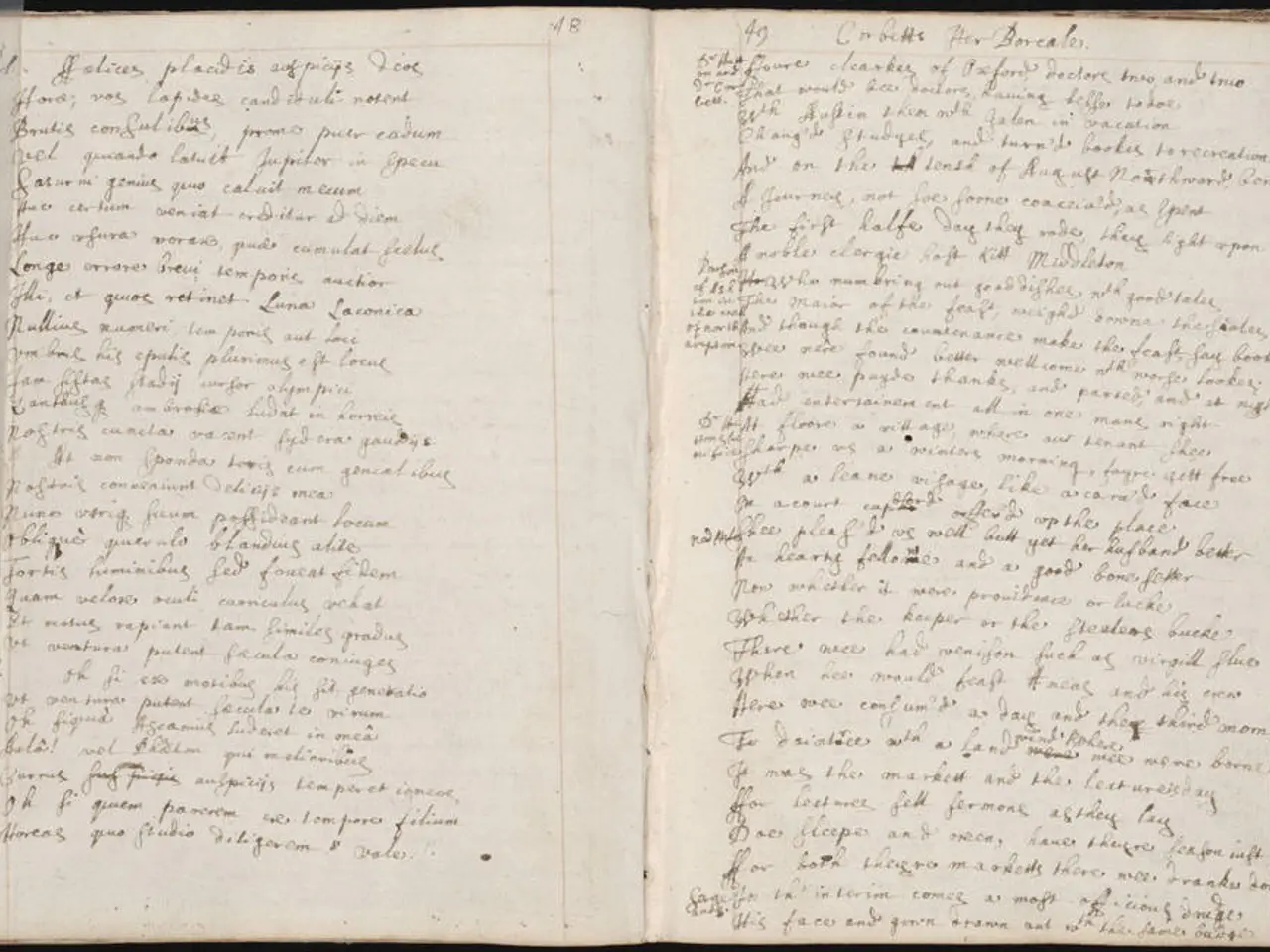OpenAI's Recent Study Reveals Real-World Usage of ChatGPT, Analyzed from Over a Million Messages
In a groundbreaking study, OpenAI researchers have delved into the usage patterns of their popular chatbot, ChatGPT, revealing fascinating insights about how people interact with the AI. The study, published in collaboration with the National Bureau of Economic Research (NBER), analysed over one-and-a-half million messages from 130,000 users between May 2024 and July 2025.
The study classified messages into three categories based on the kind of output the user was looking for: Asking, Doing, or Expressing. The findings suggest that the majority of conversations with ChatGPT (nearly 80%) fall into these three categories.
Asking applies to nearly half of all messages sent to the chatbot (49%), which occurs when a user seeks information about a subject or a solution to a problem. Users were more likely to use ChatGPT to find answers to questions rather than to carry out tasks or express opinions.
Doing refers to tasks where a user wants an output, especially writing activities, and applies to 40% of all messages. Most requests in the writing category asked ChatGPT to edit, translate, critique, or modify text instead of generating new text. Notably, 'writing' was the most common use case at work, with an average of 40% of work-related messages on ChatGPT stemming from writing queries.
Expressing, which refers to 11% of all messages, happens when a user communicates their views or feelings without asking for any information or action. Less than 2% of ChatGPT messages were about relationships and personal reflection.
Interestingly, comparatively few users were tapping into ChatGPT to code; only 4.2% of messages were related to computer programming. On the other hand, the most common use case for ChatGPT is 'practical guidance,' which includes tutoring, teaching, how-to advice, and coming up with creative ideas.
The study also highlighted some demographic trends. Gen Z is a significant user base for ChatGPT, as nearly half of all messages sent to the chatbot since launch were sent by users under the age of 26. The percentage of male users has declined from 80% in the first few months after the chatbot's launch in late 2022 to 48% as of June 2025.
In response to concerns about teen safety, OpenAI announced the creation of a different version of ChatGPT for teen users under the age of 18. This version prioritizes teen safety and is designed to provide a safe and educational environment for young users.
The study on the usage of ChatGPT was conducted by the Economic Research Team of OpenAI together with Harvard economist David Deming, analysing 1.5 million conversations from 700 million weekly active users. These insights offer valuable insights into how people are using AI tools like ChatGPT, and they will undoubtedly inform future developments in AI technology.
Read also:
- MRI Scans in Epilepsy Diagnosis: Function and Revealed Findings
- Hematology specialist and anemia treatment: The role of a hematologist in managing anemia conditions
- Enhancing the framework or setup for efficient operation and growth
- Hydroelectric Power Generation Industry Forecasted to Expand to USD 413.3 Billion by 2034, Projected Growth Rate of 5.8% Compound Annual Growth Rate (CAGR)







